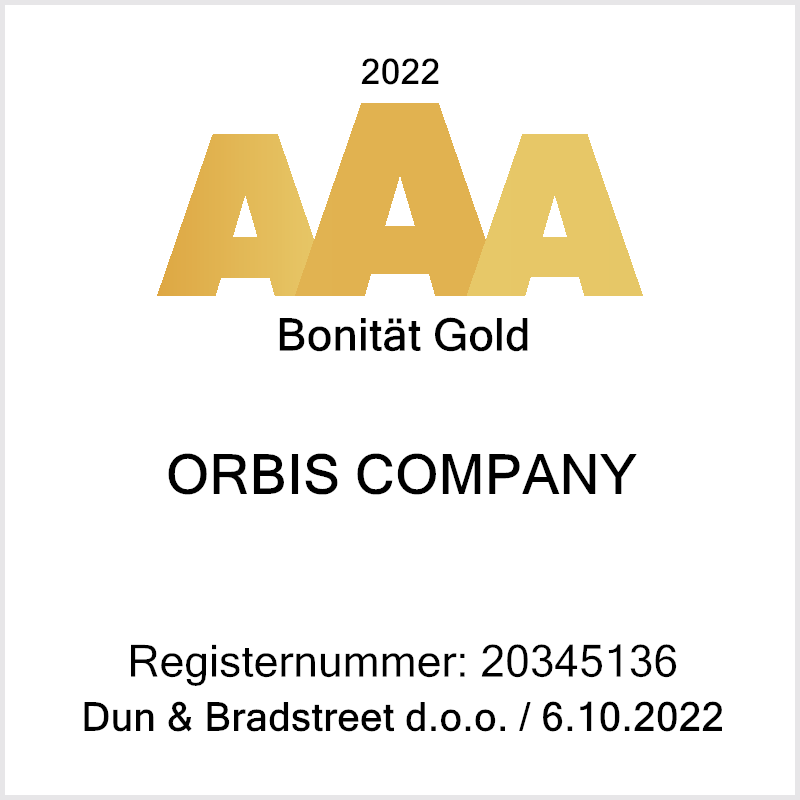Day I –
According to the plan, the arrival at El Prat airport is at 20:10. The transfer from the airport is by metro line L9 sud to the last stop Zona Universitaria, where we change to metro line L3 and go to the station Paral.lel, which is the closest to the Coronado Hotel. (Another option is bus line 46, which passes by the DAMM brewery and leads to Espanya Square, where we take the L3 line again.
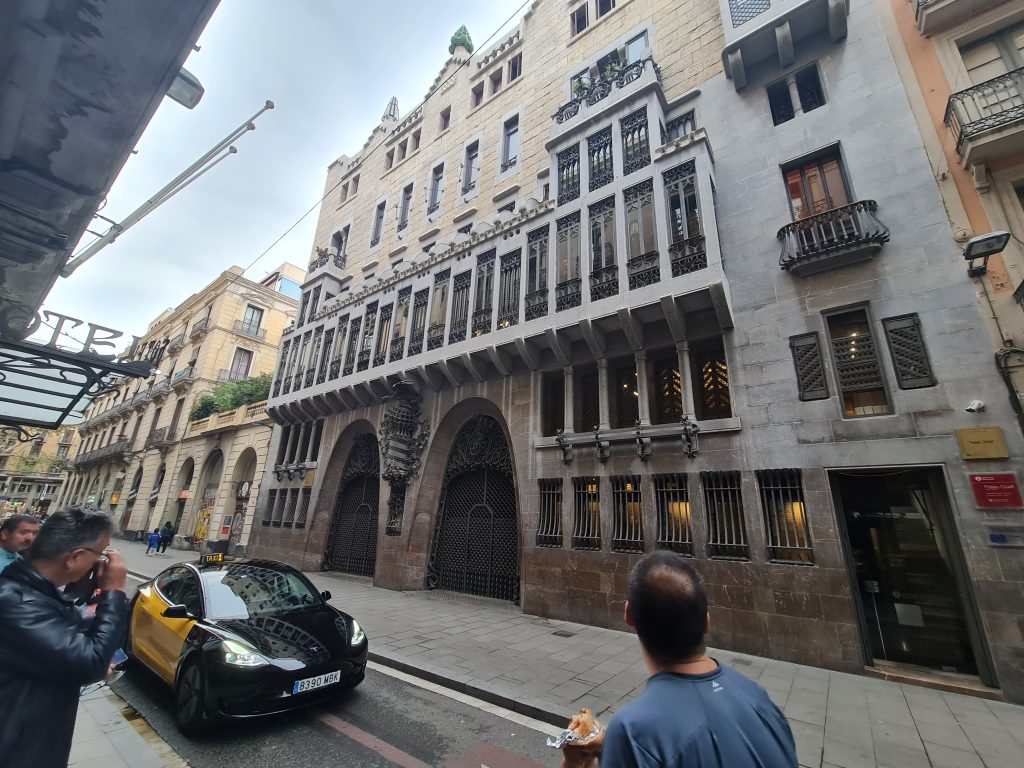
When we get settled, it will probably be around 22:00, but it’s like 20:30 here (Spain and Serbia are, geographically unjustified, in the same time zone). It is actually the busiest time in restaurants and bars. It’s time for beer and Spanish appetizers, tapas, and pinchos (cat. pintxos, Spanish pinchos, small sandwiches with a toothpick), and the nearby Carrer de Blay is recommended, with its abundance of tapas bars.
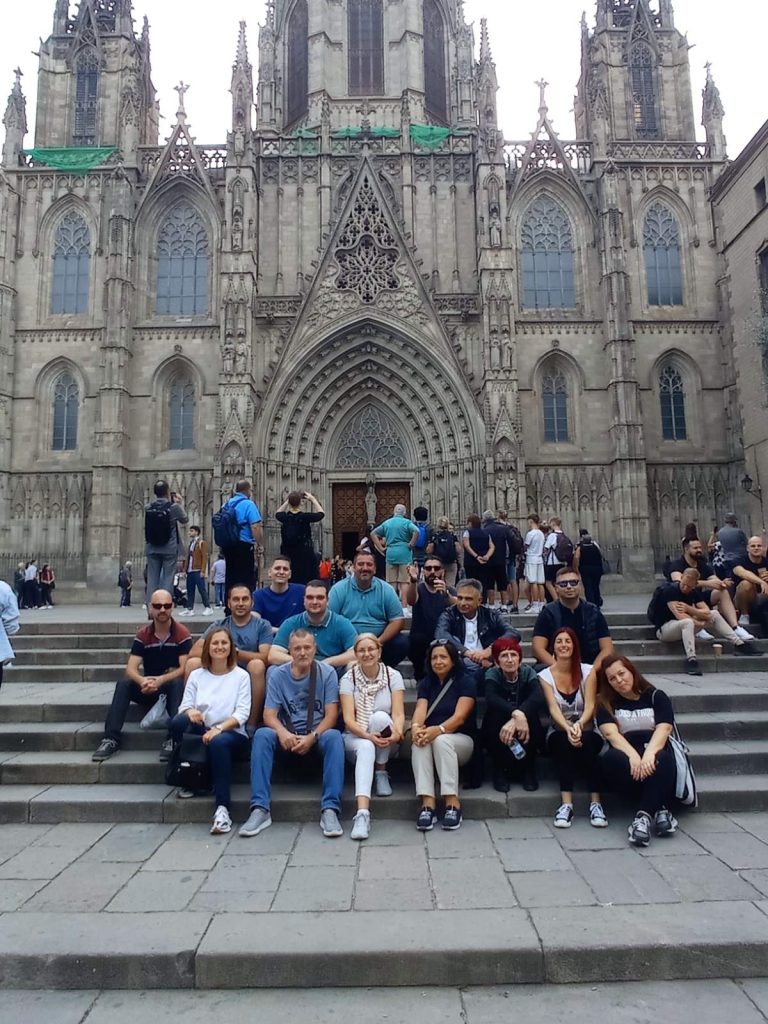
Day II –
This day is planned for a tour of the old town (in Catalan: Ciutat Vella). We can leave around 8:30, which is early for Spain, due to the time zone disruption, and the breakfast and fast food restaurants certainly don’t open before then, so I suggest breakfast at La Boqueria market. The street where the hotel is located, Nou da la Rambla, leads directly to La Rambla, the central street of the old town. In doing so, we pass through a part of the old city called El Raval, which used to be called Chinatown because of the many immigrants from Asia. It used to be a dangerous part of the city, a center of crime, drugs and prostitution, but this has softened significantly in recent years. We pass some traditional pubs, such as the London Bar and the Marseille Bar, historical meeting places for artists (Picasso, Dali, Hemingway, Miro) and the Palate Güell, designed by Gaudí for a wealthy Catalan industrialist.
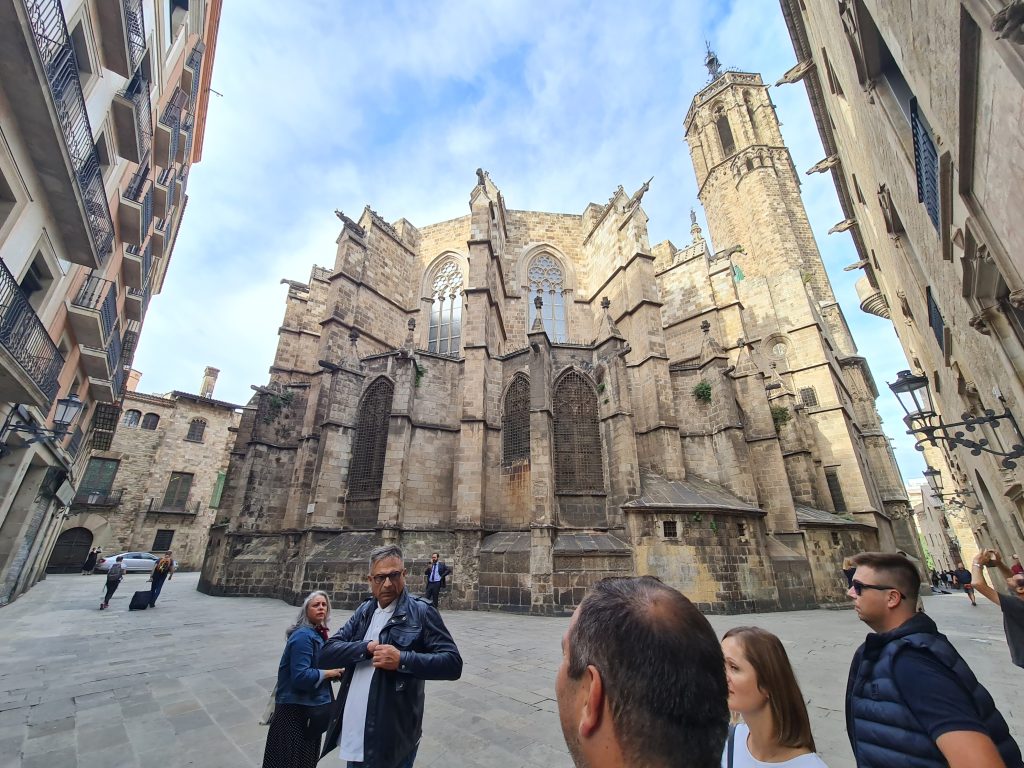
When we exit La Rambla, we can immediately go to La Boqueria, one of the most famous markets in the world, which has been there for more than 800 years. It’s a popular breakfast spot, with stalls dedicated to tapas, although I suspect it’s expensive given the tourism and world fame. An alternative is a pastry from Lidl or some other street food. I suggest one hour for breakfast and a tour of the market, then we go along La Rambla street to the coast, where there is a monument to Christopher Columbus, then to the Gothic Quarter (El Gotic barri), the most attractive part of the old town.
That quarter is actually mostly from the end of the 19th century and has nothing to do with Gothic, but it has some remnants from Roman times. The Arabs ruled Barcelona for a very short time, so there are no original Moorish historical monuments. The Gothic Quarter is made up of many alleys and squares, so I suggest we go via George Orwell Square (he lived there as a soldier during the civil war) and Sant Jaume Square to the cathedral, then to the historic cafe and restaurant Els Quatre Gats (the four cats) . The café was a meeting place for Impressionist painters and is located in the beautiful Casa Martí building designed by Gaudi’s colleague, Josep Puig i Cadafach (Josep Puç i Cadafalc), one of the most important representatives of Catalan Modernism (in Catalan: modernisme catala, which is the same as Art Nouveau ). If there is room in the cafe, I will buy you a coffee.
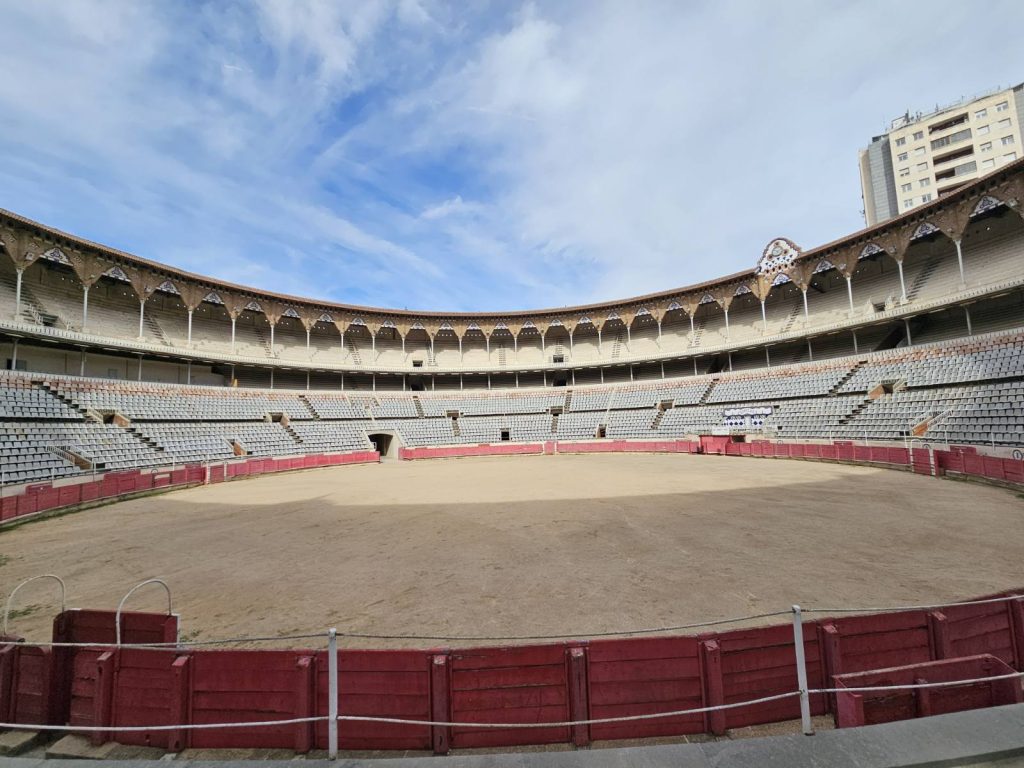
After that, there is free time, shopping, coffee, and beer… Close by is Catalunya Square, through which you can go to the new part of the city – Eixample, which is planned for the next day. It is also recommended to visit those parts of Barcelona that are not part of the joint tour plan, such as Barceloneta beach, Park Güell, or since it is a working day, and the business area near Torre Glories (Glories tower, similar to London’s Krastavac, designed by Jean Nouvel).
Day III –
The plan for Friday is a tour of the new part of Barcelona – Eixample (Eixample – extension), from the second half of the 19th and the beginning of the 20th century. Eixample is characterized by an interesting urban solution designed by the engineer Ildefonso Cerda and by the buildings of Catalan Modernism whose main representatives are Lluís Domènech i Montaner (Luiz Dumenech i Muntane), Antoni Gaudí, and Josep Puig i Cadafach. The urban solution is characterized by well-designed blocks of buildings, basically square in shape with beveled corners, to enable tram traffic, and avenues for rapid transport – Diagonal, Paral.lel, Meridian…
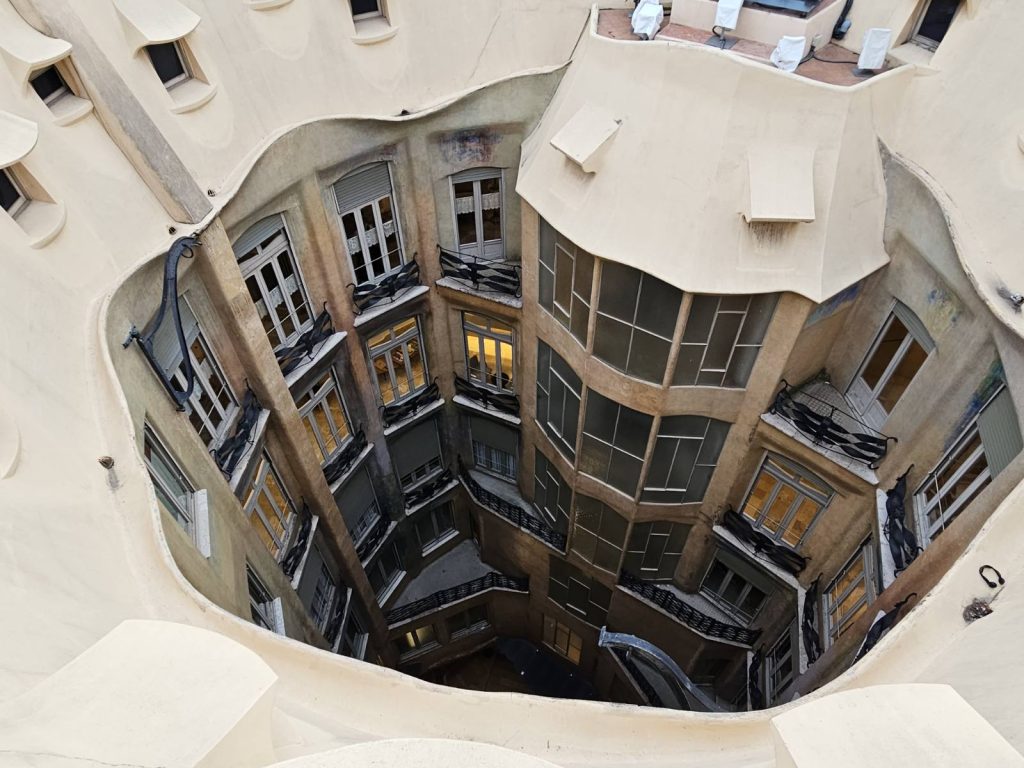
But first, let’s go to the bullring Monumetal. We go from our Paral.lel station on the L2 line to the Monumental station. The arena was built in the neomudejar (neomudejar, actually pseudo-Moorish) style in which such arenas are traditionally built in Spain. In Catalonia, bullfighting used to be very popular, but over time it lost popularity, and later it was banned, and the last fight was in 2011 in this very arena. Now the arena is used for occasional concerts. From there we walk to the Sagrada Familia church, designed by Gaudi, and take a 30-40 minute break there. From there we walk through the streets of Eixample past some interesting modernist buildings, which we will try to recognize and not miss.
So we will reach the central street of Eixample, Paseo de Gracia, which is the Spanish name, and officially, in Catalan it is Passaig de Gracia (Shepherd of Gracia). Street names in Barcelona are only in Catalan. In the most interesting part of the street, side by side, there are buildings designed by leading modernist architects, among which the most famous and successful is Gaudí’s Casa Batllo. A little further is Casa Mila (also known as “La Pedrera” – “the quarry”), also by Gaudí. An entrance fee is also available to see the staircase, roof terrace and inner courtyard.
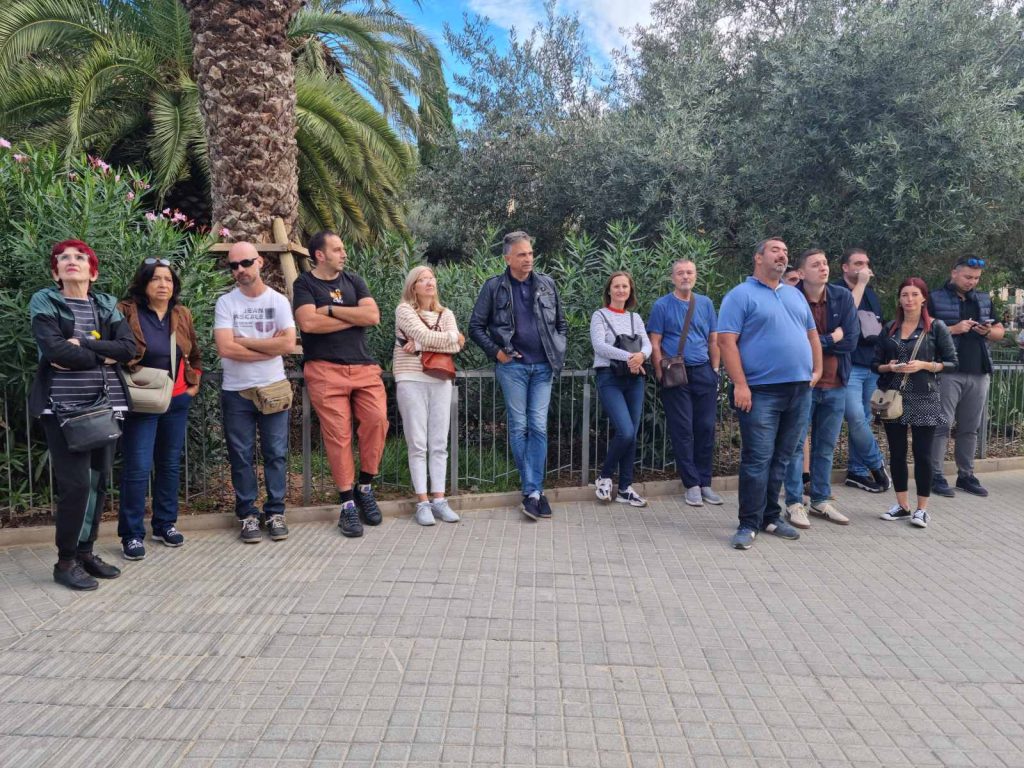
30-40 minutes to Paseo de Gracia, and from there we go to Gracia, a former suburban village, now an elegant part of the city where the Casa Vicens building is located, one of the first projects of the young Gaudí, from a time before modernism was formed as a style. The facade of the building is in an oriental, actually neo-mudejar style.
After that – free time. Gracia is the only part of the city from this plan that is not burdened with tourism, so it is more likely that you can find good restaurants with decent prices there.
Day IV –
After checking out from the hotel, we go on foot, or by metro, along Paral.lel Avenue to Espanya Square. The Arenas de Barcelona shopping center is located there. It was the Plaza de toros de las Arenas bullring before the reconstruction, also in the Neomudejar style.
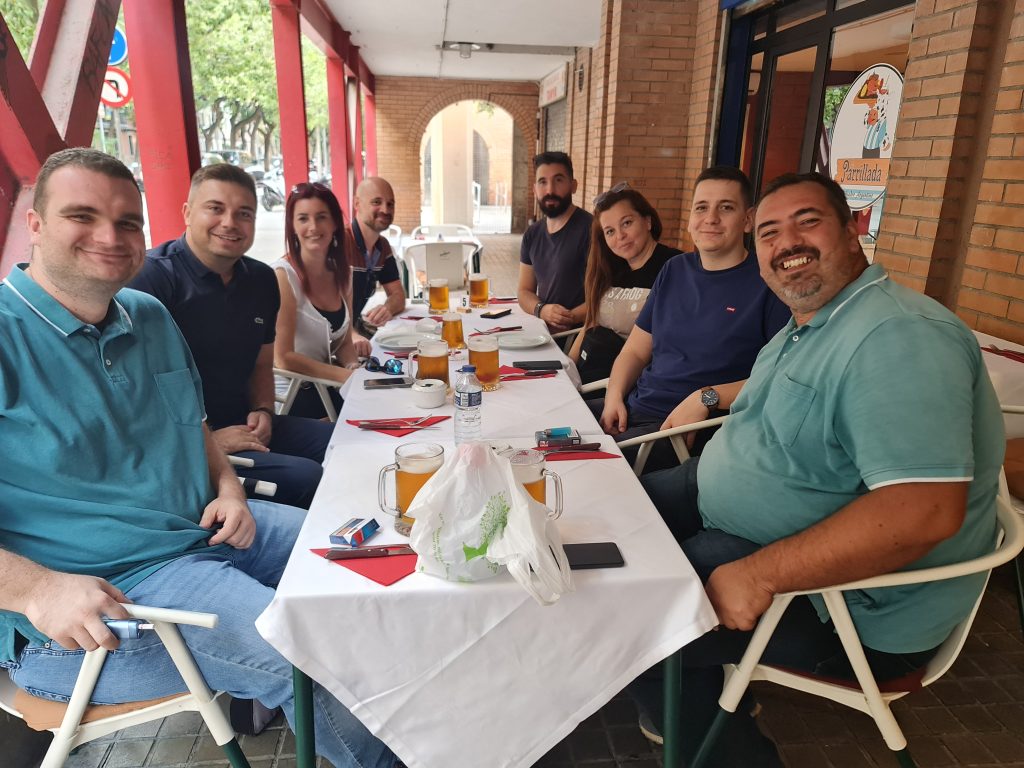
From there we walk to one of the most important architectural buildings of the 20th century, which, however, is the complete opposite of everything done by Gaudí and the modernists. For now, let’s keep it a secret.
The remaining time is free.
The plane leaves at 22:15. I suggest we meet at 18:00 at the Passaig de Gracia metro station at Casa Batllo. We take the L3 line to the Zona Universitaria station, then the L9 sud line to the Terminal 2 station.
